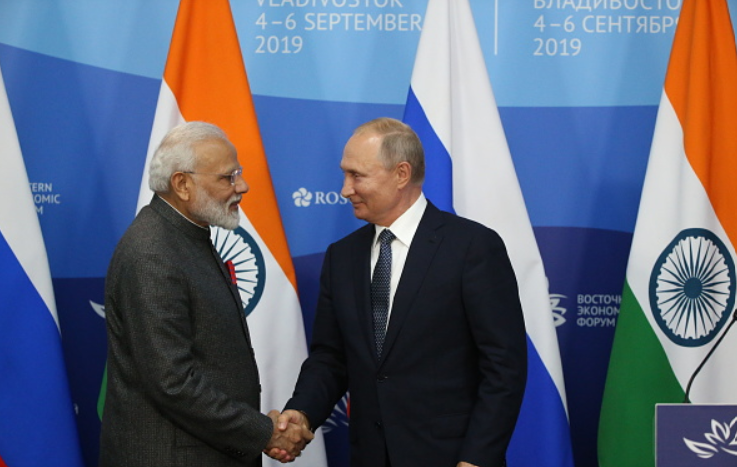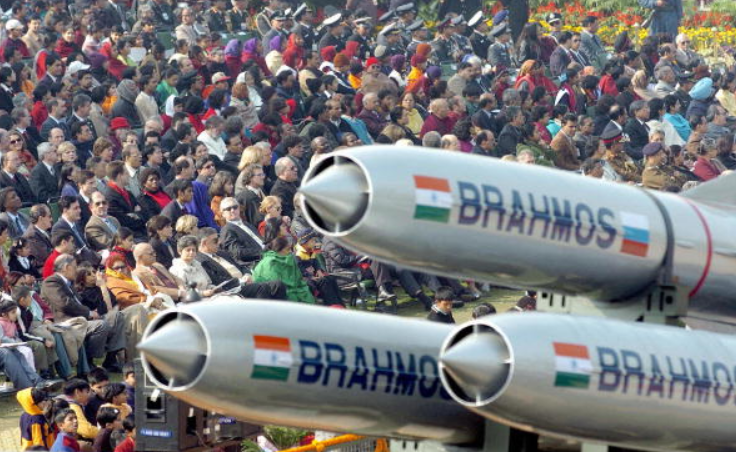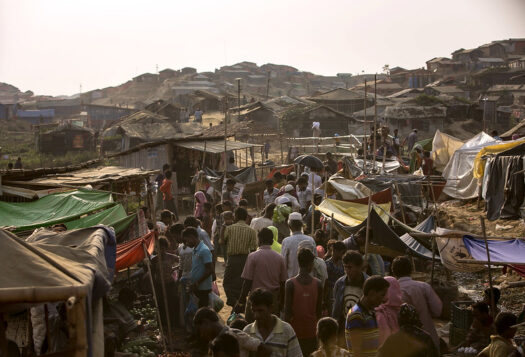
In recent weeks, India has been more vocal about the Ukraine conflict than at the start of the war, beginning with Prime Minister Narendra Modi’s remark, made in a mid-September 2022 meeting with Vladimir Putin at the Shanghai Cooperation Organization summit, that this was “not a time for war”. Since then, India’s Foreign Minister Subrahmanyam Jaishankar has spoken out repeatedly about the broader price being paid for Russia’s invasion, including the “escalating costs of food, fuel, and fertilizers”.
Yet, India’s position on the war has so far not changed in any substantive way. On October 1, India abstained on a Security Council Resolution condemning Russia’s attempt to annex Ukraine’s four breakaway regions following a sham referendum. A few days later, it abstained again on another resolution on the forced annexations, this time in the UN General Assembly (UNGA). These actions made it clear: India remains as reluctant to directly criticize Putin’s actions as it was when he launched his invasion back in late February.
New Delhi saw 2022 as an opportunity to repair the economy and invest in the military capabilities that India needs to manage China’s coercion. Putin’s aggression dashed those hopes.
The reasons why are not difficult to discern. Certainly, Russia’s attack on Ukraine could not have come at a worse time for India, as it looked to recover from two torrid years. COVID-19 hit Indians and the Indian economy hard, likely causing the deaths of millions and driving many more into unemployment. And amid the pandemic, China took the opportunity to seize territory along the disputed Sino-Indian border, causing the first bloodshed in more than forty years. It then built infrastructure to enable large numbers of Chinese troops to overwinter in the Himalayas.
New Delhi saw 2022 as an opportunity to repair the economy and invest in the military capabilities that India needs to manage China’s coercion. Putin’s aggression dashed those hopes. In February and March, oil and natural gas prices spiked, slowing global — and India’s — economic growth. Grain and fertilizer supplies were disrupted, fueling inflation worldwide. A humanitarian crisis ensued for both Ukrainians and foreign nationals, including Indian students caught up in a war, who became the focus of much diplomatic and media attention.
Dependence and domination
These developments might have driven India to openly oppose Russia’s aggression, but two considerations have held New Delhi back. One consideration concerns all the Soviet and Russian military hardware India has acquired over half a century, as well as the new systems it still wants to buy. The bulk of India’s tanks, rocket launchers, artillery, air defence systems, and combat aircraft are Soviet or Russian in origin, along with about half of its submarines, an aircraft carrier, and a handful of destroyers. All require some Russian support for maintenance, spares, ammunition, and training. Some of India’s most important defense programs — notably the ongoing efforts to build nuclear-propelled attack and ballistic missile submarines — are reliant on Russian technology and know-how. And then there are the pending acquisitions, not least the S-400 air defense systems India badly needs to counter potential threats from China and Pakistan.

The other consideration is less tangible. For two decades, India’s leaders have tried to maintain close ties with Moscow while developing strong strategic partnerships with the United States and its allies. They did this to try to prevent Russia from forging an alliance with China and dissuade it from selling arms to Pakistan since neither outcome would be in India’s interest. But New Delhi had one other consideration: It has long seen Russia as a check on American power and good relations with Moscow as a useful hedge. For that reason, India welcomed Putin’s revival of his country’s fortunes in the early twenty-first century, conceiving Russia as an important element in an emerging multipolar order dominated by no single state or bloc.
These factors explain New Delhi’s continued reticence to condemn Russia’s aggression, despite the impact on India’s economic recovery. None of them, however, are immutable. It is likely that Russia will emerge from this war defeated and diminished, and far less able to reliably supply advanced defense technology on a large scale to India — and indeed to China and Pakistan. It is equally likely that for all of Russia’s hydrocarbons and nuclear warheads, whoever leads the country in the aftermath of this conflict will have to focus more on rebuilding a crippled economy than geopolitical gameplaying.
The China challenge
New Delhi is already positioning itself for this eventuality. It is accelerating efforts to scale up capacity in its domestic defense industry. It is diversifying foreign sources of military technologies that India cannot, in the short and medium term, manufacture itself. And it has embarked on a frenetic bout of diplomacy, looking to shore up existing partnerships and secure others, for both political and economic reasons.
New Delhi clearly believes — rightly — that India’s relationship with the United States, underpinned by a shared interest in better managing China’s assertiveness in the Indo-Pacific, is sufficiently robust to weather disagreement over this war.
None of this means, however, that India will soon break with Russia, as Western commentators would like. New Delhi clearly believes — rightly — that India’s relationship with the United States, underpinned by a shared interest in better managing China’s assertiveness in the Indo-Pacific, is sufficiently robust to weather disagreement over this war. It also has little choice but to maintain ties to Moscow if it wants to acquire crucial defense technologies — notably advanced air defense systems — and further India’s nuclear submarine program. Clearly, there are substantial risks in these arrangements, but no other putative partner has yet tabled viable alternatives.
Above all, China — not Ukraine — looms largest for India. Concern about China’s power and ambition sits behind Modi’s albeit mild criticisms of Putin and explains the irritable tone of New Delhi’s pleas to swiftly bring the European conflict to an end. With China, India faces a full spectrum challenge: Its model of governance, its development strategy, and its relationships with the smaller states of South Asia and the Indian Ocean all have the potential to undermine India’s interests. India presently has no good options to manage these problems nor to resolve the border dispute. It needs time, money, and military modernization to find them. And New Delhi remains gripped by the fear that a weakened Russia will become a Chinese client state, further eroding India’s capacity to defend itself, both militarily and diplomatically.
Editor’s Note: A version of this piece was originally published on 9DashLine, and has been republished with permission of the editors.
***
Click here to read this article in Urdu.
Image 1: Mikhail Svetlov via Getty Images
Image 2: Emmanuel Dunand/AFP via Getty Images


